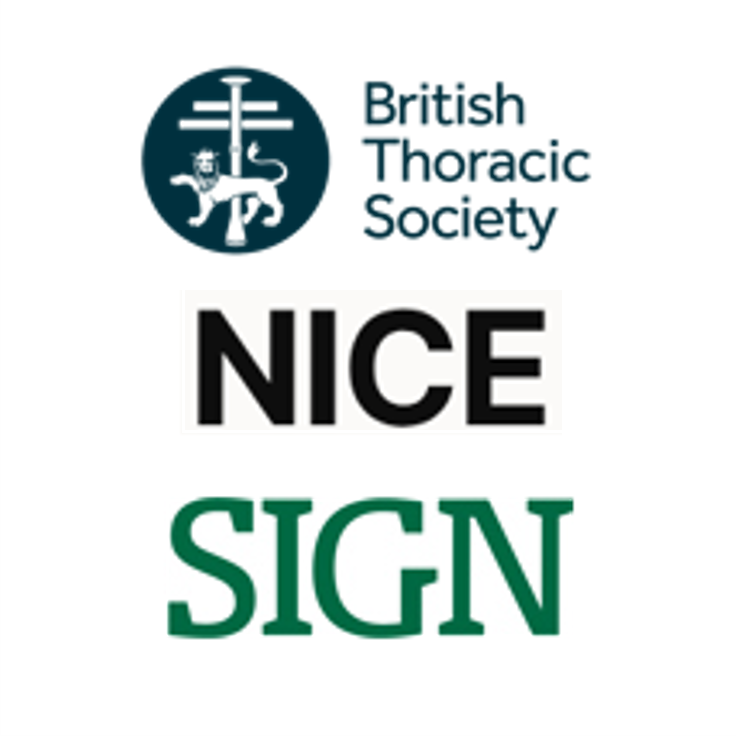Update information

This content is from the BTS, NICE and SIGN guideline - Asthma: diagnosis, monitoring and chronic asthma management, 2024
November 2025: We updated recommendation 1.8.2 after a budesonide/formoterol dry powder inhaler (100 micrograms/6 micrograms per inhalation) was licensed for MART in children aged 6 to 11.
November 2024: We have reviewed the evidence and made new recommendations on diagnosis, treatment and monitoring for people with asthma. These recommendations are marked [BTS/NICE/SIGN 2024] and preceded by the recommendation number from the BTS, NICE and SIGN guideline - Asthma: diagnosis, monitoring and chronic asthma management, 2024.
We have also made some changes without an evidence review. These are marked [NICE 2020, amended 2024], [BTS/SIGN 2019, amended 2024], [NICE 2017, amended 2024] or [NICE 2017, BTS/SIGN 2019, amended 2024]. We have updated the wording in line with current best practice.
We have also made some minor changes – for example for clarity or where recommendations have been amalgamated. These recommendations are marked [NICE 2017], [NICE 2017, amended 2021], or [BTS/SIGN 2019].
Where the pathway includes recommendations and good practice points from SIGN 158, this is labelled [BTS/SIGN 2019] only.
March 2021:In recommendations 1.14.1 and 1.14.3, NICE clarified that approaches to minimising indoor air pollution and reducing exposure to outdoor air pollution should be included in a personalised action plan because pollution can trigger and exacerbate asthma.
February 2020: NICE reviewed the evidence on increasing the dose of inhaled corticosteroids within a self-management programme in children and young people with asthma and removed a recommendation. A new recommendation on self-management in children and young people was made. This recommendation is marked [2020, amended 2024].
![]()
![]()
![]()